
The Provost Road and TC Keay ends became the face of football past when the bulldozers arrived at Dens Park in April 1999.
Dundee won promotion in 1998 to the new Scottish Premier League.
Clubs were eligible for entry to the SPL with a 10,000-seater ground but the deadline for compliance was extended by one year to July 31 1999.
Dundee would be relegated automatically if they failed to meet the criteria.
Rebuilding Dens wasn’t the preferred option.
Owners Jimmy and Peter Marr wanted to build a new stadium at Caird Park but the legally-binding conditions attached to the public park was a stumbling block.
Dundee lodged plans in January 1998 to build two 3,000-seat stands behind each goal which were designed by Broughty Ferry architects James Paul Associates.
Where the £2.8 million needed would come from, though, was another matter.
Dens Park was ‘an embarrassment’ in 1998
Dens Park had remained largely unchanged since 38,000 crowds watched Dundee win a first league title in 1962 before getting to the European Cup semi-final.
The clock was ticking when Dundee kicked off the SPL campaign in August 1998.
The club announced the first phase in the refurbishment programme in November 1998 after receiving £1.6m in grants to allow work to start in February 1999.
The “Provie Road” enclosure and TC Keay end open terracing would be ripped up.
They would be replaced by new stands built by Barr Construction.
Time was also up for the famous Dens Park slope.
The pitch would be flattened.
Chairman Jimmy Marr said it was a “great achievement” for the club to be in the position to build a stadium worthy of their Scottish Premier League status.
“The facilities have not been good and supporters have had to come here and stand out in the rain, which is not something we would like to do ourselves,” he said.
Marr said Dens was “an embarrassment” compared with other Scottish grounds.
All seemed rosy in the garden.
But the Marr brothers were struggling to find the remaining £1.2m.
The club had approached several major banks for a loan but had been rebuffed.
Was a merger with United on the cards?
The crippling cost of redevelopment forced Dundee to consider a merger in February 1999 with the SPL’s rules opposing a ground-sharing agreement.
Dundee and Dundee United publicly dismissed rumours they were discussing a merger although there was privately support for the idea.
The merger debate ended abruptly on February 23.
The board reiterated its commitment to the redevelopment of Dens.
Efforts to raise the necessary funding were continuing through the sale of personalised bricks and cash pledges to allow Barr to go ahead with the first phase.
Jimmy and Peter Marr were still scrambling for alternative financing in March 1999 when Giovanni di Stefano first came to the attention of the Dundee public.
The wheeling-dealing lawyer who had, it would later emerge, no legal qualifications, at all, had a client list featuring some of the world’s most notorious despots.
Di Stefano promised £800,000 towards the building of the new stands.
The board declined after his links with Serbian warlord Arkan became public.
Dundee were finally able to give their fans the news they wanted in April 1999.
The first bulldozer was on site.
It would be a race against time to finish the job in 15 weeks.
Dundee had to play home games at the end of the season with reduced capacity.
Expect one.
United allowed them to use Tannadice for a game against Rangers.
Giovanni di Stefano was sent packing
Di Stefano later returned to the fray and made a £2.4m takeover bid for Dundee.
The SPL expressed concern before Dundee issued a statement at the end of April.
“Dundee Football Club can confirm that the club is to remain in the control of chairman Mr Jimmy Marr and chief executive Mr Peter Marr and the club wishes to reassure its supporters that there will be no merger with Dundee United Football Club nor any takeover by Mr Giovanni di Stefano,” it read.
“The matter is now at an end.”
Work continued at Dens Park.
Dundee finished fifth in the Premier League.
There was more good news in June 1999.
The SPL accepted assurances the two new stands would be completed in time.
A special Evening Telegraph phone poll, run in conjunction with the club, handed the choice of the names for the new stands to the Dundee supporters.
What were new Dens Park stands called?
Alf Boyd, Bobby Cox, Tommy Gallacher, Alan Gilzean, Bob Shankly and Ian Ure were the most popular names put forward for the new stands at Dens Park.
In total almost 46% of votes cast were for 1962 league-winning skipper Bobby Cox.
Second place, with around 20%, was the manager of Dundee’s greatest team, the late Bob Shankly, whose name would adorn the stand at the TC Keay end.
Cox was overcome by emotion after being given the news.
“I’m especially delighted that the Provost Road end will have my name because I was born just a few hundred yards away in Wedderburn Street,” he said.
“When I think of the great players who have served this club, I’m very flattered my name has been picked.
“I’m delighted too that Bob Shankly has been honoured.”
A piece of history was discovered during the redevelopment.
It was a swing-top bottle from Melville & Co lemonade factory which was discarded by a workman during construction work before the official opening in 1899.
Roger Mitchell arrived in a hard hat in 1999
With up to 60 workers at a time on site, the Bobby Cox and Bob Shankly stands were completed in just 78 working days.
Some of the men worked 16-hour days.
Many were local.
There were a lot of Dundee fans working on the project.
And even a few United supporters.
Barr Construction officially finished work on July 28 1999.
There was much congratulatory backslapping when SPL chief executive Roger Mitchell arrived in a hard hat to celebrate with chairman Jimmy Marr.
The work increased capacity to 11,858.
“This club has been at Dens for a century now,” said Marr.
“I think it will still be here in another 100 years.
“When my brother and I took charge one of our aims was to give the fans modern facilities to enjoy so this is a brilliant day for us as well as a great day for the club.”
Diggers will return to the site in future
Dundee doubled their season tickets.
A 4-3 defeat to Hibernian opened the new Dens Park in August 1999.
Over the decades, the new-look stadium has provided the stage for many memorable game and legends like Fabian Caballero, Claudio Caniggia and Giorgi Nemsadze.
What goes up must come down.
In 2016 Dundee owners Tim Keyes and John Nelms revealed a plan for a new stadium at Camperdown Park, which has been hit with significant delays.
But if, and when, those long-awaited plans finally become reality, diggers will return to rip down the stands which changed the Dens Park landscape in April 1999.
Paving the way for a whole new chapter of memories.
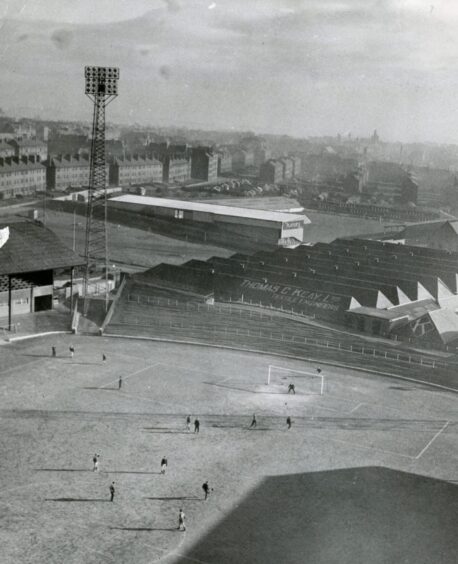

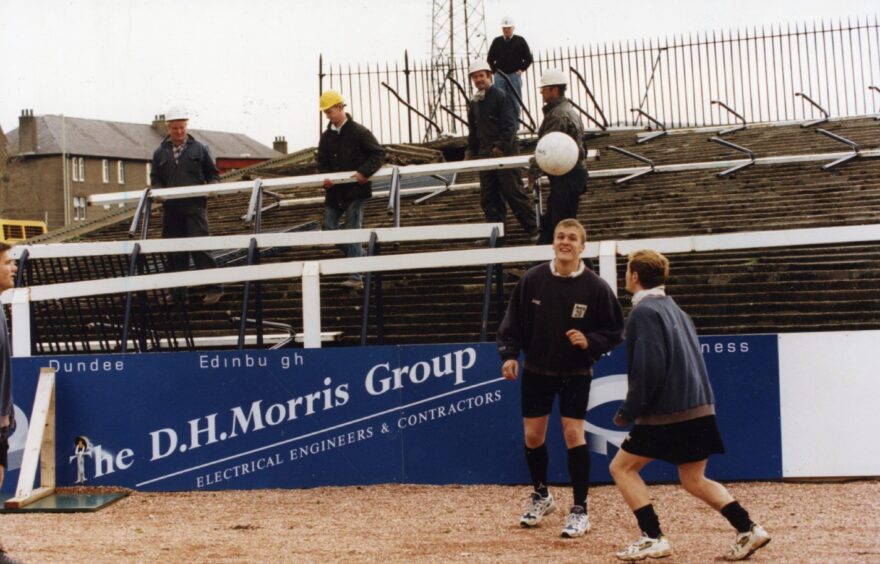
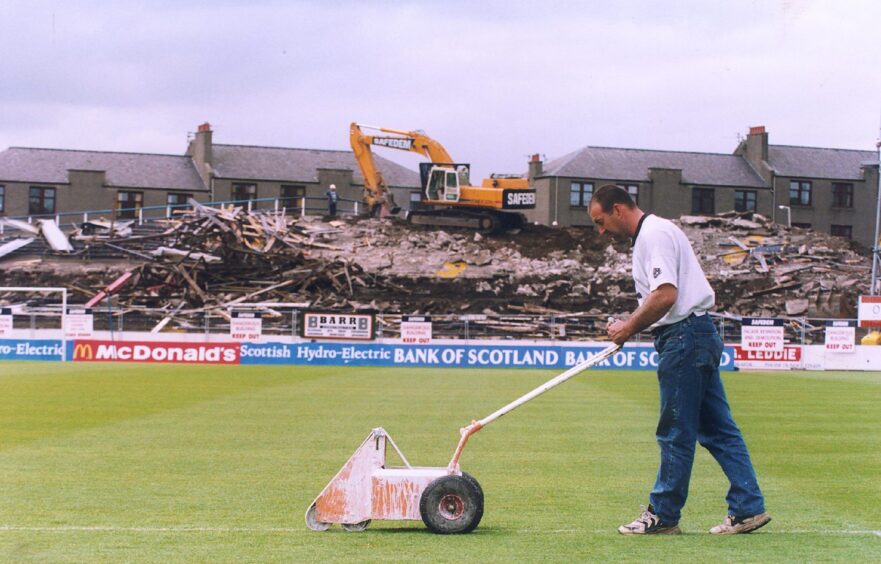
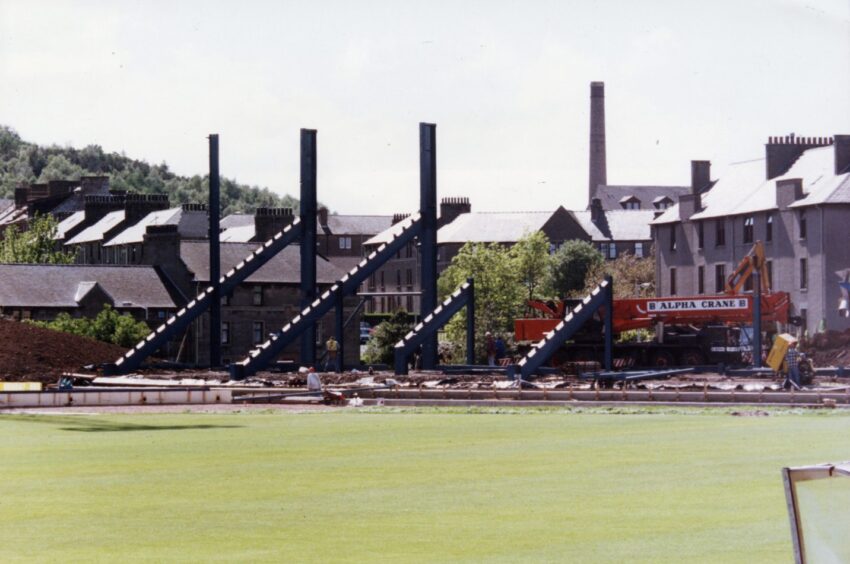
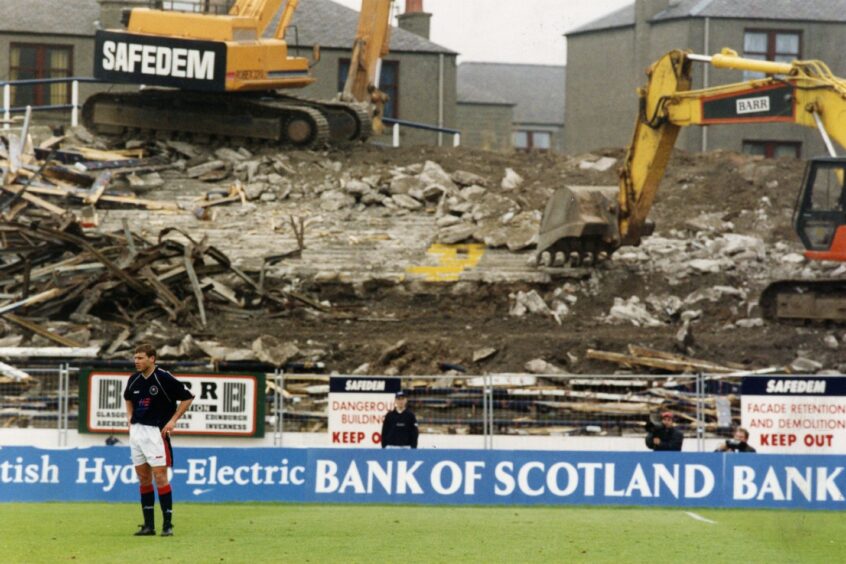
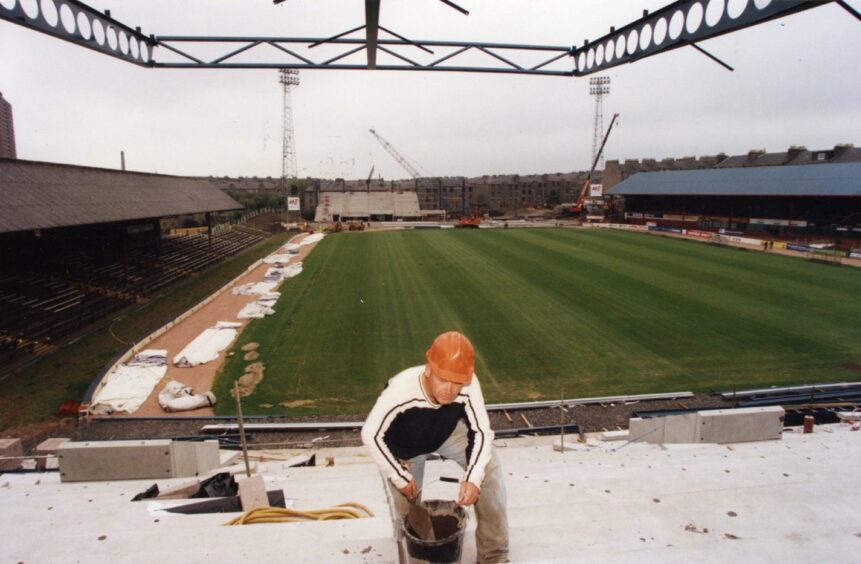
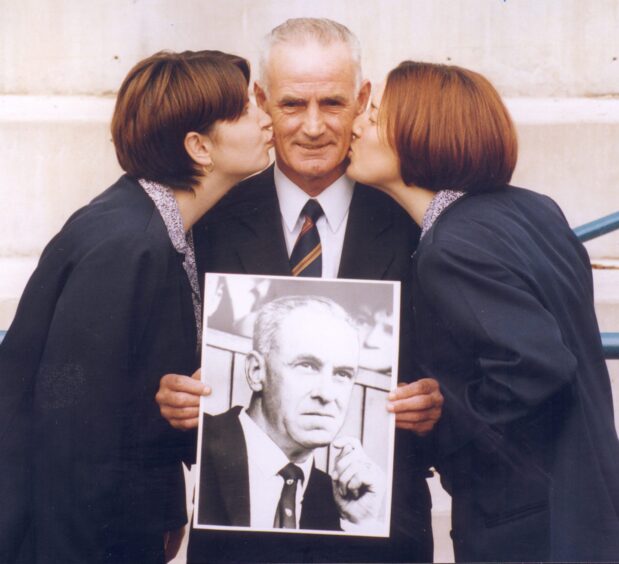

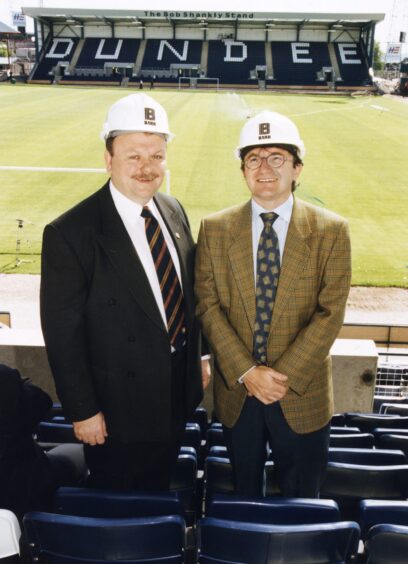
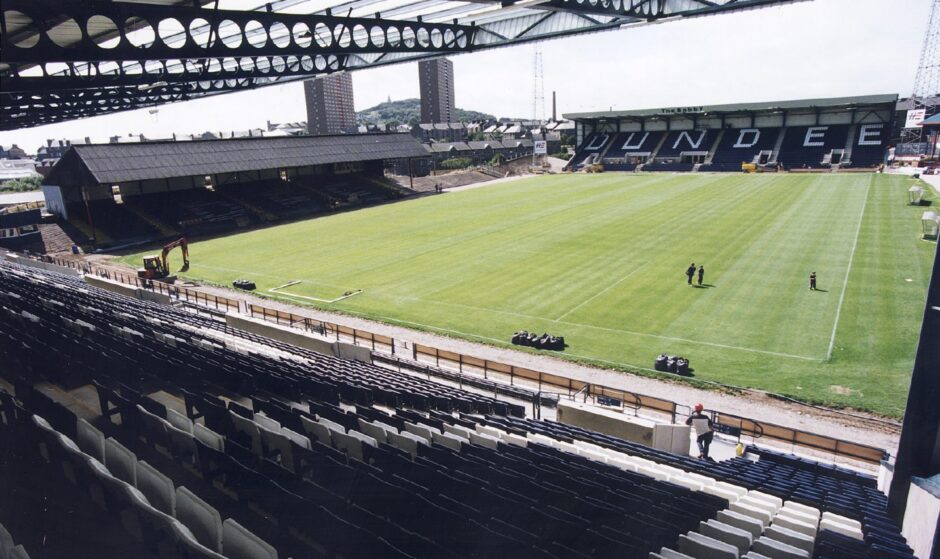

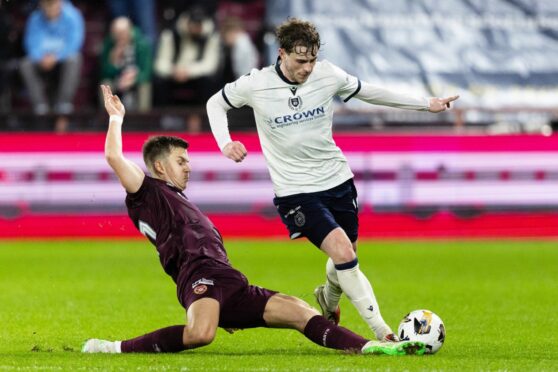

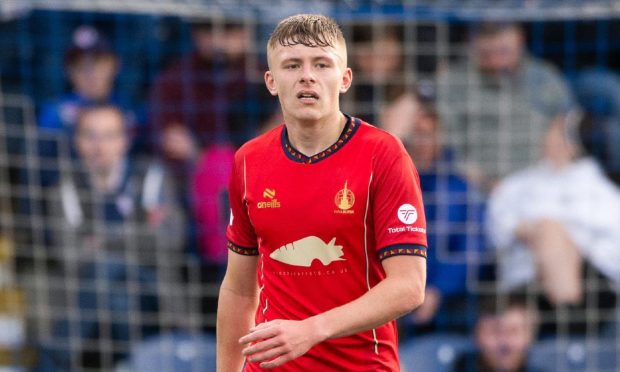
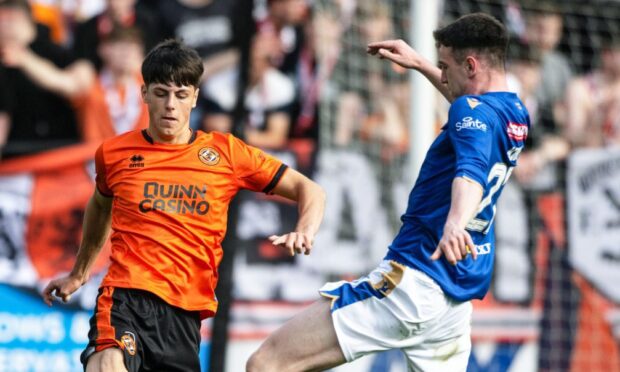
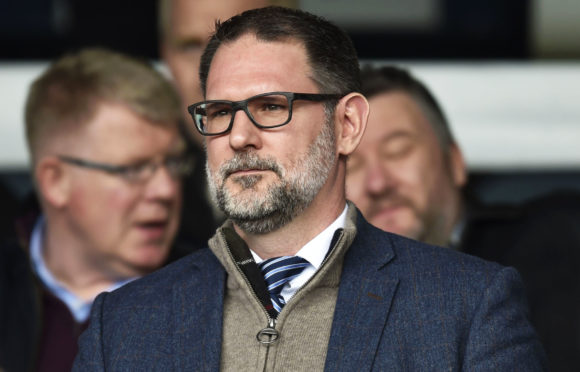

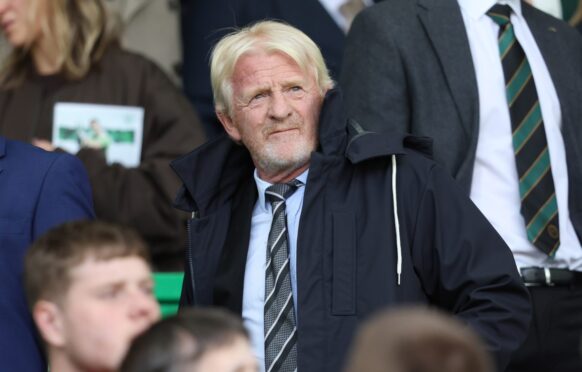
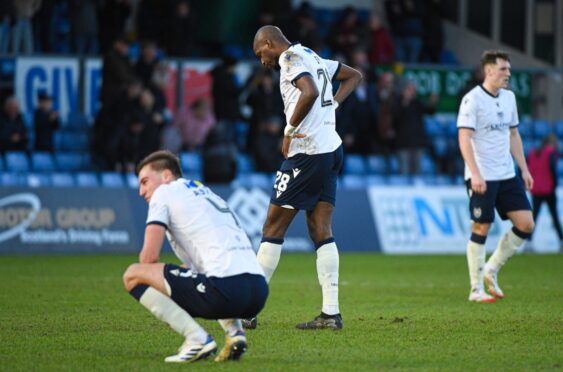
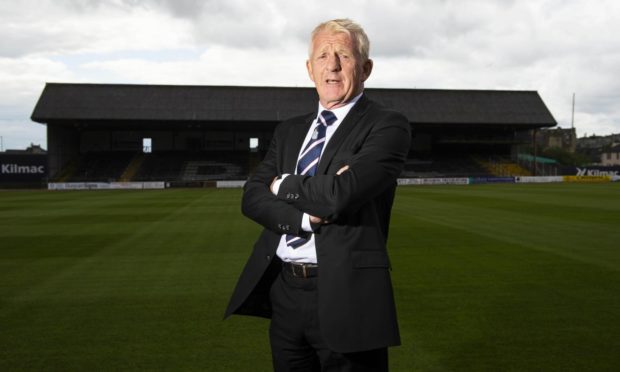
Conversation